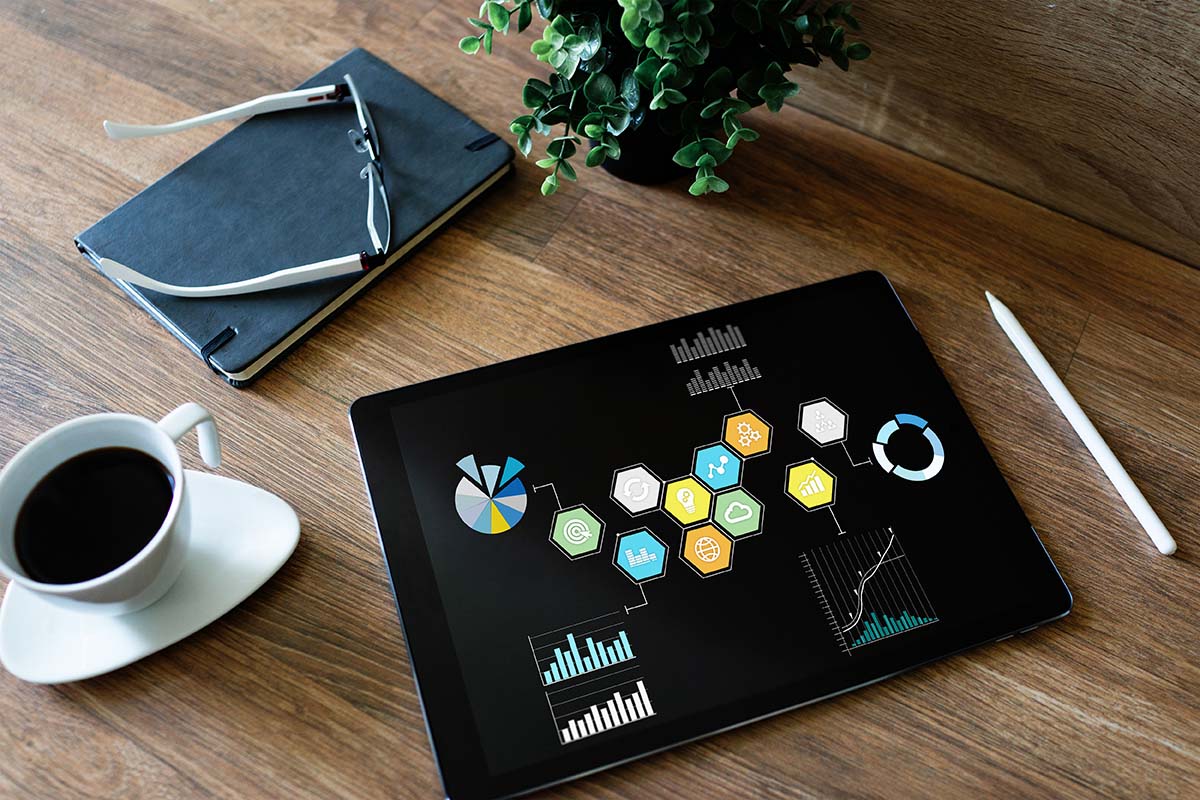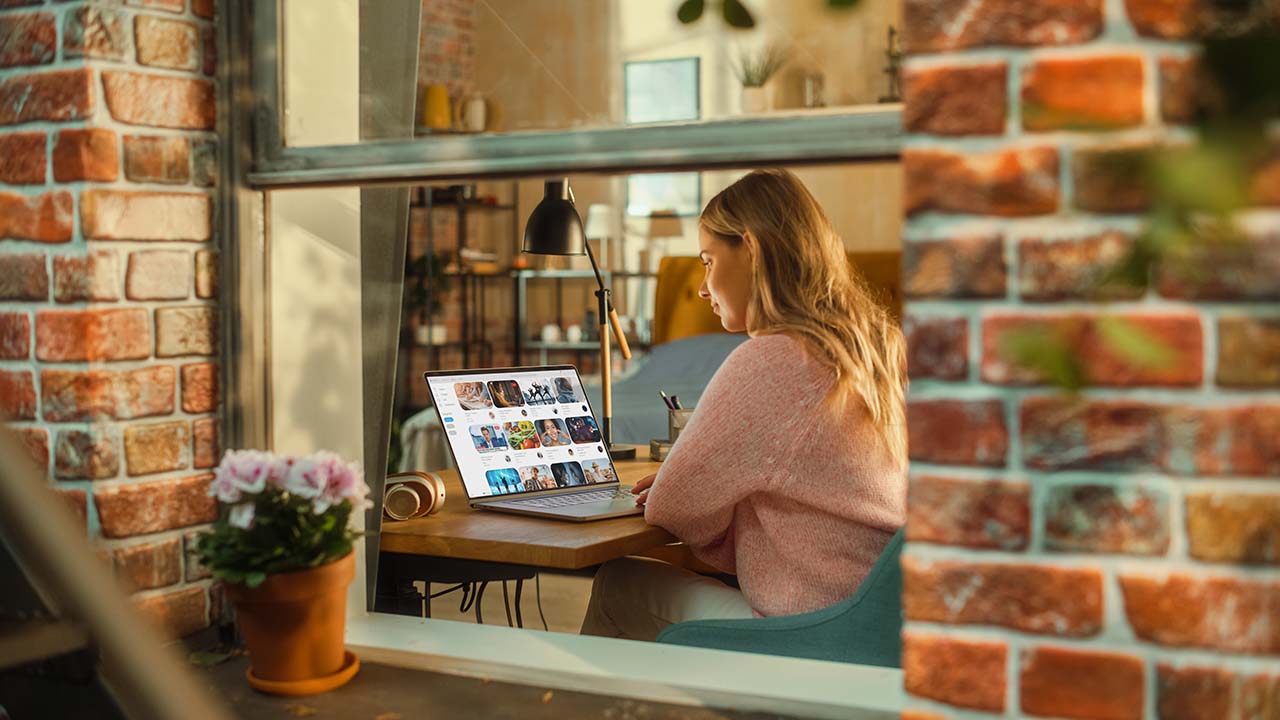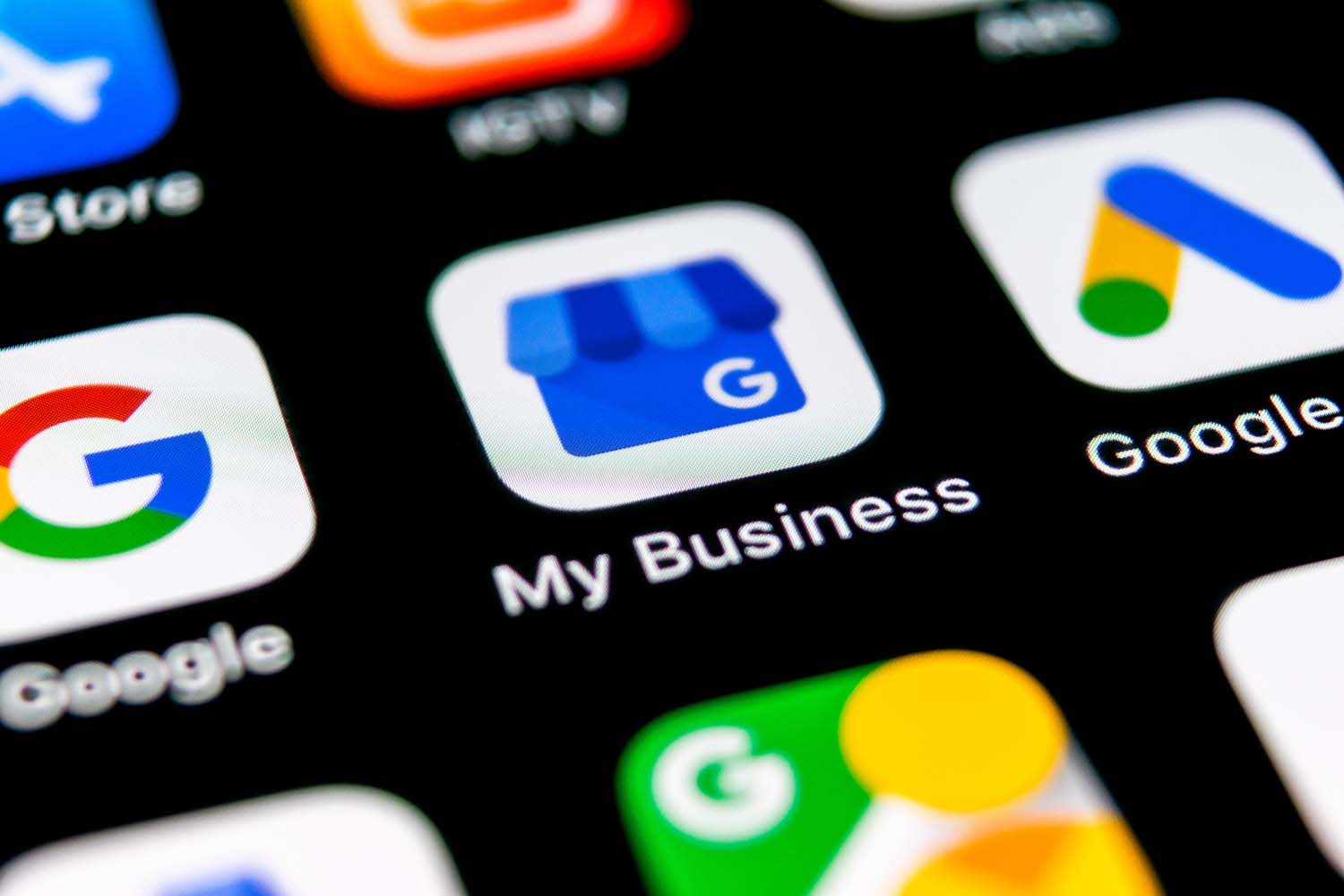Social media platforms like Facebook, TikTok, and Instagram love numbers and are raring to give you countless metrics to look through and manage. However, not all those numbers are created equal. Some deserve more of your attention than others, and those should be understood and interpreted in a certain way. This guide will help you find the social media metrics you need to be tracking and pick out the valuable numbers.
Growth Rate
Your follower number is a central number on your accounts and an easy thing to fixate on. Your follower number does provide a broad impression of your audience, but a small or large number doesn’t provide much information for planning your accounts’ content. Furthermore, while some followers are certainly legitimate, other followers could be automated accounts or accounts that haven’t signed in for years. This is why it’s often called a “vanity metric”.
Instead, how your follow number changes is the metric your need to be tracking. The rate of growth in your followers over certain periods of time is a lot more informative and valuable. This reflects your account’s performance to determine which content and strategies prove effective for growing your audience. These metrics also are more informative about your audience, since they reflect active followers who are more likely to engage with your content.
Reach
Reach is an insightful metric you need to be tracking and monitoring. This records the number of different individuals who have seen your content. This is different from impressions or views, which track the total amount of times something was seen, including repeats by the same people. Reach more accurately reflects the size of the audience that is viewing your social media content.
Reach will often differ from your follower number. No social media account sees its content reaching all its followers. However, reach does not only measure your followers. It tracks every user who has seen your content, and that includes followers as well as those who may have seen it through hashtags, recommendations by the platform, or through shares from other users. It’s the entire net your social media has cast.
This is why “reach rate” is not an accurate metric. Reach rate is calculated by dividing the reach of some content by the number of your followers. For example, if you have 400 followers and a post’s reach was 100, that is a reach rate of 25%. However, because reach doesn’t just include your followers, this rate doesn’t really tell you anything.
Growing your reach is essential to increasing your social media’s audience. Different aspects can affect a post’s reach. The time of posting, the hashtags, key phrases, and the kind of content can all affect how far a post spreads. Keep any of these factors in mind when you’re tracking this metric to determine the most effective strategies for expanding your social media’s reach.
Engagement Rates
Another metric you need to track that tells you more than just how many eyeballs saw your content, is how many people take the effort to “engage” with it. Social media engagement refers to any action that goes beyond viewership. Likes, comments, saves, favorites, shares, and reposts are all forms of engagement that reflect members of your audience going beyond just passive viewership. Engagement provides the insightful metric of not how many people saw it or how often, but how many truly internalized the content to be able to form some kind of response that led to a real action.
Engagement is also important because it’s part of how social media algorithms, including Facebook’s, Instagram’s, and TikTok’s, prioritize content in people’s feeds. Posts with better engagement will populate higher on follower’s feeds and as recommendations. Therefore, engagement rates are not merely a metric you need to track for what is really reaching and speaking to your audience, but also for how to improve that reach.
Saves and Shares
Saves and shares are a form of engagement that deserve your special attention. Social media services allow users to both “save” or “favorite” posts to their account and share them to others. Both these metrics are also recorded, and you need to track them. Sharing or saving means users were not merely wanting to momentarily engage with a piece of content. Saving indicates they want to come back to it and look at it multiple times, and possible show others. Sharing means someone felt a certain piece of content needed to be shown to someone else. Both are fantastic ways to see what kind of content is engaging and will help you grow a devoted following.
You Need to Track and Analyze
These are the social media metrics you need to be tracking, but they aren’t entirely straightforward. The numbers never just speak for themselves. There are a lot of factors that can change your account’s growth rate and its contents’ reach and engagement. That’s why you need to interpret the data accordingly. If you are noticing certain trends and want help figuring out how to improve your growth, reach, engagement rates or want to start using some platforms that help manage this data, contact Rosewood’s social media marketing team, who are masters of understanding the metrics you need to be tracking.




